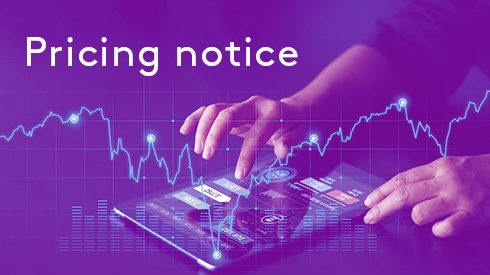Battery raw materials (BRM) are essential to electric vehicles (EV), but they also represent significant risk for the EV market. Battery makers and automakers will need to understand, anticipate and mitigate BRM risks in a systematic way to win in a hotly contested market. Fastmarkets’ BRM risk matrix is a framework to manage risk, providing a holistic view of risks and how they evolve in the 2022-2025 and 2025-2030 time frames.
The electric vehicle (EV) is the future for automakers; it is taking on the role of flagship vehicle in a carmaker’s portfolio and represents a critical future revenue stream. But risks lie in wait at the very heart of the EV – the battery. From supply deficits to price volatility to geographic concentrations to ESG concerns, battery raw materials represent a strategic risk for automakers.
Fastmarkets’ BRM risk matrix outlines 10 key risks as they stand now and how we believe they will change in the 2025-2030 time period. It gives planners and decision-makers a holistic, systematic way to manage risk. The BRM risks are:
- Price volatility at elevated levels complicates financial performance
- Supply deficits hold back EV growth
- ESG concerns complicate local supply
- Geographic concentrations create supply and logistics risks
- Limited scrap supply holds back investment in recycling
- Slow pace of building charging infrastructure slows EV adoption
- Aged price mechanisms hinder investment
- Rapid growth of indexing complicates path to $100 per kilowatt hour
- Inability to clean up supply chains creates reputational risk
- Geopolitical tensions disrupt production and logistics
 We believe this framework is crucial for anticipating the risks that will impact the EV market. Follow this link to access the full risk matrix, read our exclusive outlook and see our projections for each risk in the 2025 to 2030 timeframe.
We believe this framework is crucial for anticipating the risks that will impact the EV market. Follow this link to access the full risk matrix, read our exclusive outlook and see our projections for each risk in the 2025 to 2030 timeframe.



